Search Images
Browse Content (p. 839)
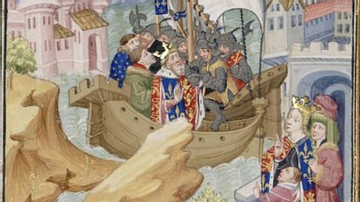
Image
Edward II of England's Capture
A 15th century CE manuscript illustration depicting the arrest in 1327 CE of king Edward II of England (r. 1307-1327 CE) by his wife Isabella of France (b. c. 1289 CE). (National Library of France, Paris)
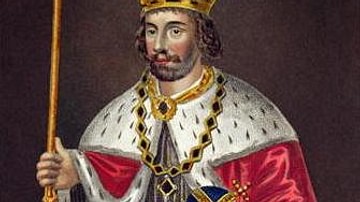
Image
Portrait of Edward II of England
A 19th century CE portrait based on a medieval engraving of Edward II of England (r. 1307-1327 CE).
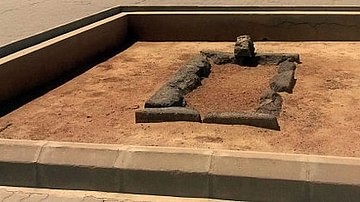
Image
Uthman's Tomb
The grave of Uthman ibn Affan (r. 644-656 CE) in al-Baqi (a graveyard near Medina). The tomb was destroyed in the 19th Century CE by the Saudi regime.
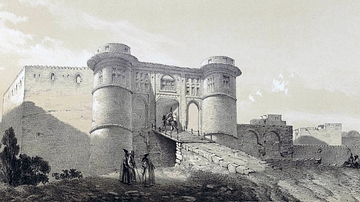
Image
Nahavand Castle
A painting of the Nahavand Castle (near modern Nahavand, Iran), the last stronghold of the Sassanians, made by Eugène Flandin in 1840 CE, for "Voyage en Perse", published in 1851.
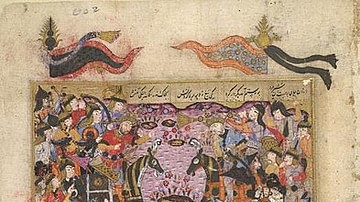
Image
Battle of Al-Qadisiyya
Depiction of the Battle of al-Qadisiyya (636 CE) from a manuscript of the Persian epic Shahnameh. Made January 1614 CE. (British Library).
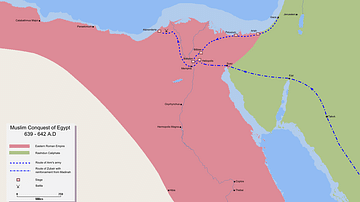
Image
Muslim Conquest of Egypt, 640-642 CE
A map showing the conquest of Byzantine Egypt by the Rashidun Caliphate (640-642 CE), led by Amr ibn al-Aas and al-Zubayr ibn al-Awamm.

Image
Muslim Invasion of the Levant, 634 CE
A map depicting the Muslim invasion into the Levant, then controlled by the Byzantine Empire, in 634 CE.
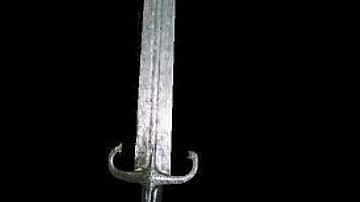
Image
Sword of Umar
A sword of Umar ibn al-Khattab (r. 634-644 CE). Made c. 7th Century CE, although the hilt is a later addition.

Image
Calligraphy of Ali's Name
A beautified calligraphic rendition of the name of Ali, the fourth Rashidun Caliph (r. 656-661 CE).
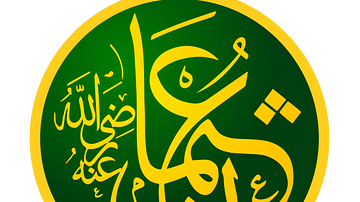
Image
Calligraphy of Uthman's Name
A beautified calligraphic name of Uthman ibn Affan (r. 644-656 CE).